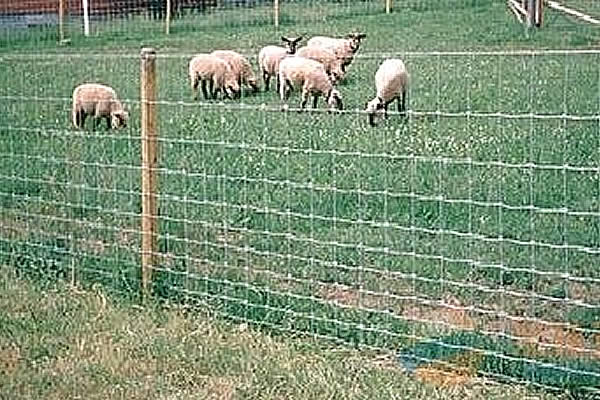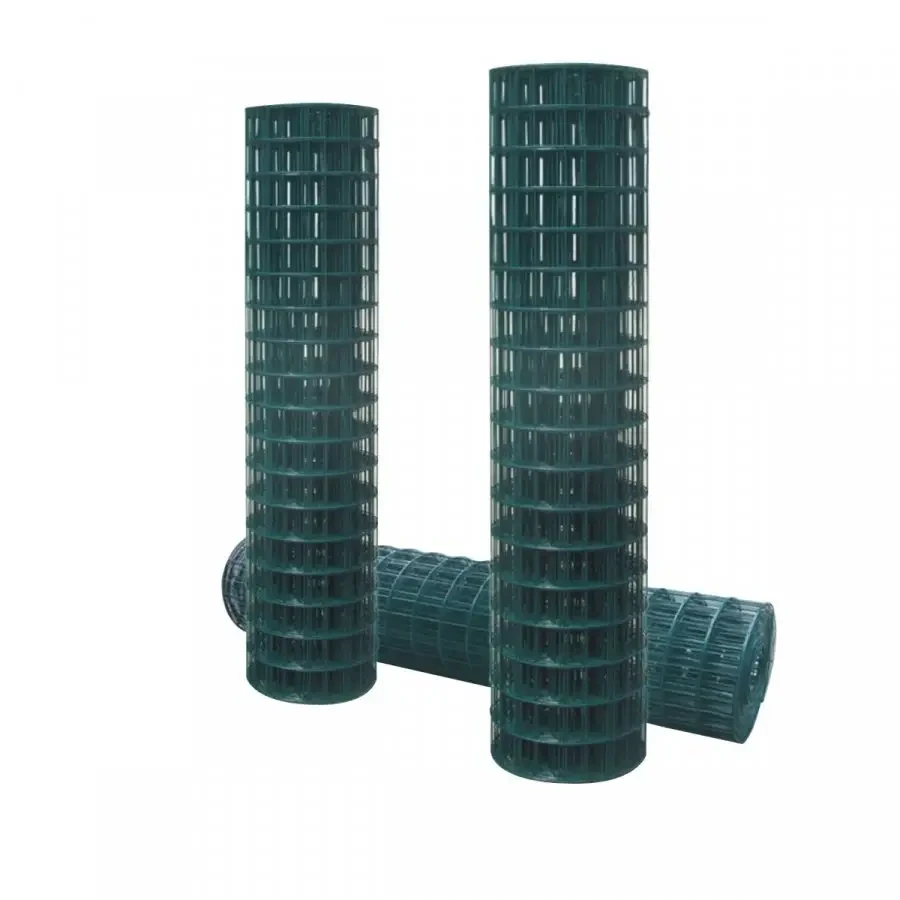Investing in the right fly screens for windows not only enhances the comfort of your home but also adds a protective barrier against the intrusion of pests while maintaining the aesthetics of your living space. For homeowners seeking to balance these needs, understanding the benefits and selecting the appropriate fly screens can seem daunting. This guide aims to provide a comprehensive insight, drawing from extensive experience and expert advice, to help you make an informed decision.

Fly screens, also known as window insect screens, serve the primary function of keeping bugs and insects at bay. This functionality is particularly valuable during the warmer months when windows are frequently open to allow ventilation. However, their benefits extend beyond just pest control. Modern fly screens are designed with materials that offer durability, aesthetics, and energy efficiency. Mesh options range from stainless steel to fibreglass, each offering distinct advantages. Stainless steel, for instance, provides robust resistance to wear and tear, making it ideal for coastal areas prone to corrosion. Fibreglass, on the other hand, is lightweight and more budget-friendly, suitable for residential settings not exposed to harsh environmental elements.
From an energy-saving perspective, fly screens contribute to maintaining a stable indoor climate. By allowing airflow, they help in maintaining cross-ventilation, reducing the need for air conditioning, and subsequently lowering energy bills. This implies a reduction not only in household expenses but also in carbon footprint, aligning with the global shift towards sustainability.

The user experience of fly screens has seen significant advancement. Innovations such as retractable fly screens cater to those who desire an unobstructed view when screens are not in use, combining practicality with aesthetics. These screens operate on a roller mechanism, much like a window blind, retracting when not needed, thus preserving the visual appeal of the window.
Professional installation and selection of fly screens play a crucial role in their performance and longevity. Engaging experts ensures that screens are tailor-fitted to your window specifications, which minimizes wear and optimizes functionality. Professional installers bring a level of authority and reliability, ensuring that screens are installed per the highest standards, which is critical for ensuring durability and maximum insect protection.
fly screens for windows
Moreover,
selecting the right fly screen for your windows can enhance the security of your home. Certain designs integrate security elements, such as reinforced mesh that provides an additional layer of defense against intruders. These security-centric screens are crafted to withstand impact and tampering, thus serving dual purposes.
The credibility of fly screen suppliers can significantly affect the quality of the product. Trusted suppliers often offer warranties and customer support, which are vital for addressing any issues and ensuring a satisfactory user experience. An established supplier also provides assurance on the quality of materials used, contributing to the long-term effectiveness of your fly screens.
While expertise and authority are essential, real-world experience from users offers practical insights into the benefits and challenges of fly screens. Feedback from existing users highlights the ease of maintenance, as most fly screens require minimal upkeep, involving simple procedures like occasional cleaning with mild detergents and checks for any wear-related issues.
In conclusion, choosing the right fly screens for your windows involves considering various factors including material type, installation quality, and supplier trustworthiness. Fly screens offer more than just insect protection, playing a role in energy efficiency, home security, and aesthetic enjoyment. Trusted by many and recommended by experts, investing in the right fly screens provides a blend of comfort, protection, and aesthetic appeal—qualities every homeowner cherishes.
 TEL:
+86-13102802206
TEL:
+86-13102802206
 Email:
fencenetting@china.com
Email:
fencenetting@china.com
 Language
Language
 TEL:
+86-13102802206
TEL:
+86-13102802206
 Email:
fencenetting@china.com
Email:
fencenetting@china.com
 Language
Language



